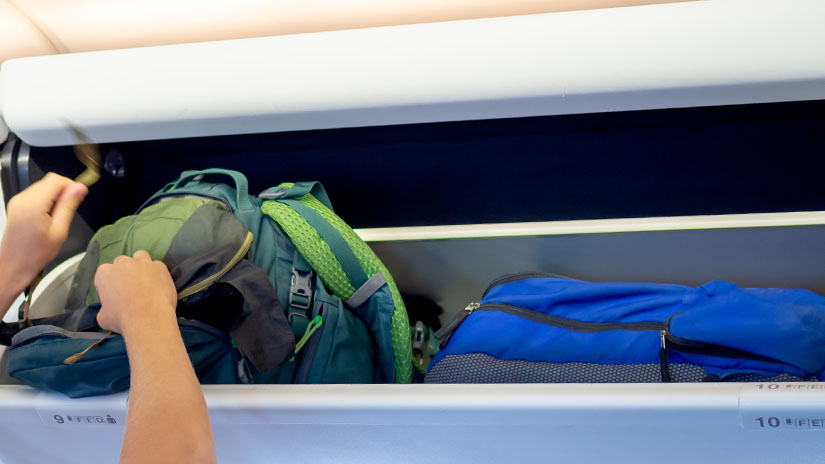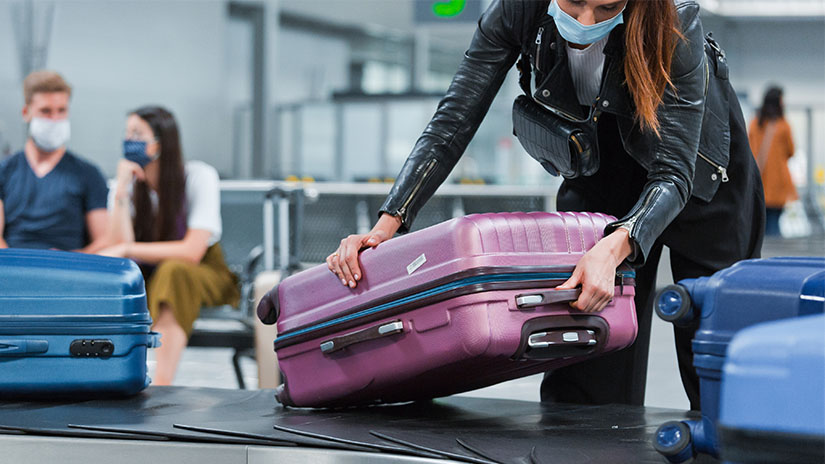By Justin Bean, Global Director of Smart Spaces and Lumada Video Insights Marketing at Hitachi Vantara
Most modern airports are virtual cities unto themselves, with multiple organizations supporting thousands of travelers passing through from all points of the globe. Today’s airport visitor can experience most of the conveniences, services and comforts that any city offers within the boundaries of a single major metropolitan airport.
This level of service requires a degree of sophisticated, synchronized orchestration at each point in our passenger journey to make it a smooth one. Enter the era of smart airports, where each of these points offers airports and airlines an opportunity to improve the way they serve travellers — all while improving economic and environmental sustainability far beyond the airport’s boundaries. Smart technology acts as a catalyst, transforming the airport landscape and propelling it towards unparalleled efficiency and innovation.
Sustainability has become a high priority for airports, airlines, and passengers, with initiatives by major playersi to increase sustainable aviation fuel (SAF) use, offer carbon credits to passengers and even the approaching reality of electric airplanesii. Today, intelligent airports are leveraging smart technologies to help drive sustainability at the airport itself, while enhancing passenger experience. Consider, for example, Hitachi’s work using 3D lidar and video analytics to streamline the passenger boarding process. One of the biggest headaches for airlines and passengers is finding enough space in overhead bins to stow luggage during boarding. Passengers must stand in the airplane’s aisle until those ahead of them load their bags. When there’s no more room, the remaining bags must move to the main cargo hold, and often the passengers must struggle like a salmon upstream to check their bags below. This is the most unpredictable aspect of the boarding process — and the most frequent source of flight delays
Hitachi Smart Spaces and Lumada Video Insights address this by combining artificial intelligence (AI) with video analytics and 3D lidar to monitor the number, size and volume of passenger baggage. During the boarding process, the system predicts when the overhead storage will be full, then notifies airline staff so they can divert all additional luggage to the main cargo hold, below the wing of the aircraft. The typically frustrating, time-consuming, unreliable process of boarding and stowing baggage is replaced with a quick and efficient system.

To help address the pressing concerns of climate change, airlines around the world are aligning their goals to reduce the airplane’s carbon emission contribution and enhance sustainability. Smart airports are playing a pivotal role in achieving these environmental goals and more by revolutionizing their operations, from check-in to check-out and everything in between.
The elimination of boarding delays helps airlines and airports maximize one of their most important goals – on time performance. This also provides travelers with a more relaxing, less stressful boarding experience. They can spend more time enjoying airport amenities and less time standing in line to board. And sustainability is enhanced with the elimination of many flight delays; less fuel is wasted by aircraft waiting on the ground for their gate, or circling in the air waiting to land, helping the environment and reducing airlines’ operational costs.
Similarly, Lumada Video Insights is helping to streamline airport operations around the world by monitoring other operations that impact experience, like wait times in lines for baggage claims, ticket sales, retail shops and more. The system analyzes the time required for customers to progress from the end of the line to the front. When the system evaluates wait times as too long, it advises operations managers to take actions such as opening another service counter, deploying additional staff, or scheduling the right number of employees to match demand.
Another opportunity for smart technology to improve the passenger experience and boost sustainability beyond the bounds of the airport itself lies with the transit systems that serve the airport. For example, Hitachi 3D Lidar Sensors can be used to monitor and predict passenger volumes at pick up and drop-off areas, for ridesharing and other forms of inter-airport transportation, helping them become more efficient, reduce traffic jams and fuel consumption.

Many of the operations that support an airport occur behind the scenes. Additional ways in which Hitachi innovations can enhance sustainability at airports worldwide include:
Airports and airlines are likely to increase their reliance upon smart technologies such as Hitachi Smart Spaces and Lumada Video Insights to enhance everything from sustainability and passenger experience to safety and operations. With new data and tools also come opportunities for new revenue streams and business models as airports become an even more important member of the smart city community. These smart technologies and solutions represent the best way to streamline operations and enhance both profitability and customer satisfaction. More importantly, airports, airlines and Hitachi will be powering good by enhancing sustainability in ways that will extend benefits far beyond the boundaries of today’s busy airports.
To learn more about how Hitachi is using Smart Spaces technology - powered by video intelligence to drive more accurate and effective operations worldwide, while empowering businesses and local communities to make a positive impact on the environment > visit here.

Global Director, Smart Spaces and Lumada Video Insights Marketing, Hitachi Vantara
Justin furthers the mission of social innovation and building a more sustainable society through technology and business innovation. Justin has worked with both Silicon Valley startups and fortune 500s that are applying AI, IoT, and other disruptive technologies to improve our cities, commutes, and daily lives. He has worked in the US, Japan, and South Africa on projects that include smart cities, smart parking, electric vehicles, renewable energy, machine learning, and 3D printing. Justin was the recipient of the THINK Prize for the Financial Empowerment Challenge from renowned innovation and design firm IDEO and holds an MBA in sustainable management.